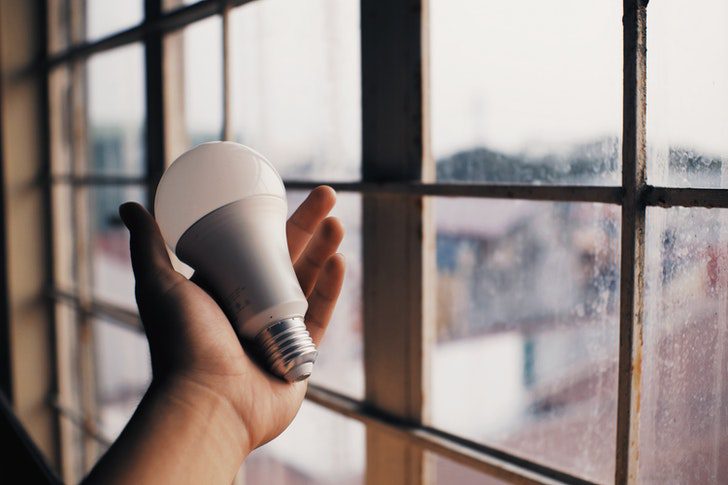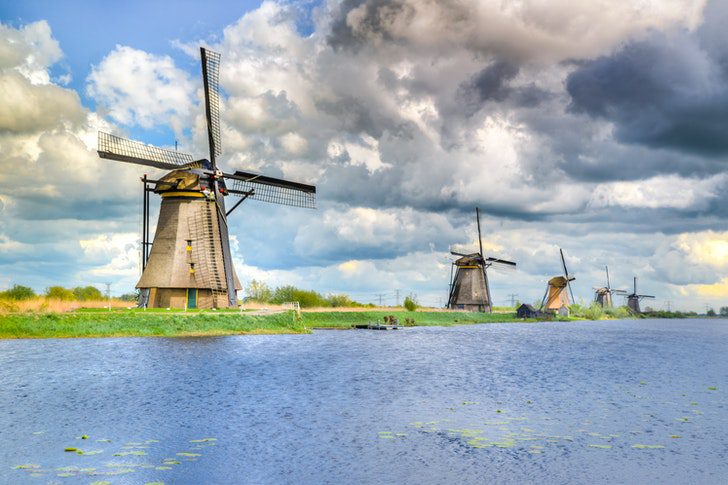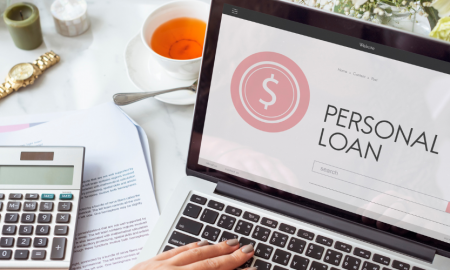
Easy Tips Save More Money On Energy

At its core, energy conservation is the practice of using less energy in order to lower costs and reduce environmental impact. This can mean using less electricity, gas, or any other form of energy that you get from your utility and pay for.
With finite energy resources available on our planet, actively conserving energy when possible is beneficial individually and to our larger energy systems. While energy conservation is the practice of trying to useless energy of trying to use less energy for cost and environmental reasons, energy efficiency means using specific products designed to use less energy. These two concepts are inherently similar but involve different methods. Examples of energy conservation include using smart appliances and energy-saving bulbs in your home.
Replace your light bulbs with LEDs

Nothing Ahead/ Pexels | Like cash spared is cash earned, same way energy spared is energy produced
If your home doesn’t already use LED bulbs, now is the time to swap them in. LED lighting might cost you a bit more upfront than halogen incandescent bulbs or fluorescent bulbs, but you can save $45 a year just by switching out five older bulbs with LEDs. The more bulbs you switch to LEDs, the more money you’ll save. In addition to requiring less energy to emit light, they’ll last you longer, too. A high-efficiency LED bulb should last you at least a decade.
Install a programmable or smart thermostat
A programmable thermostat can be set to automatically turn off or reduce heating and cooling during times when you are asleep or away. When you install a programmable thermostat, you eliminate wasteful energy use from heating and cooling without upgrading your HVAC system.

Pixabay/ Pexels | Be the energy saver for earth favour
On average, a programmable thermostat can save you $180 per year. Programmable thermostats come in different models that can be set to fit your weekly schedule. Additional features of programmable thermostats include indicators for when to replace air filters or HVAC system problems, which also improve the efficiency of your heating and cooling system.
Seal any air leaks
Energy-efficient windows are one of the gold standards for using less energy at home, but it’s not always financially viable to completely replace all of your windows. Instead, you can still make an impact by air sealing your home with either caulking or weatherstripping. Leaking air allows heat to escape in the winter and cool air to escape in the summer, meaning your home has to work harder to maintain the temp you want. Go on a hunt for air leaks in your house, and then seal them up. Leaks often happen around doors and windows, as well as around outlets and in areas where wiring, plumbing, or ductwork comes in.

Skitterphoto/ Pexels | Saving energy is our job, we must remember to turn it off!
Purchase energy-efficient appliances
On average, appliances are responsible for roughly 13% of total household energy use. When purchasing an appliance, you should pay attention to two numbers: the initial purchase price and the annual operating cost. Look for appliances with the Energy Star label, which is a federal guarantee that the appliance will consume less energy during use and when on standby than standard models. Energy savings differ based on the specific appliance. For example, Energy Star-certified clothes washers consume 25% less energy and 45% less water than conventional ones, whereas Energy Star refrigerators use only 9% less energy.
More in Advisor
-
`
Matthew Perry Foundation Launches Addiction Fellowship at MGH
The impact of addiction on individuals and families is profound, and the need for specialized medical care in this field has...
February 13, 2025 -
`
Celebrity Couples Who Have Ended Their Relationships in 2025
2025 has already seen its fair share of celebrity breakups, and the year is just getting started. From heartfelt announcements to...
February 6, 2025 -
`
How Trump’s Policies Will Reshape Artificial Intelligence in the U.S.
The United States witnessed a significant political shift as Donald Trump took the presidential oath once again. His return to the...
January 31, 2025 -
`
Millie Bobby Brown Shuts Down Age-Shamers with a Powerful Message
From the moment Millie Bobby Brown first appeared as Eleven in “Stranger Things,” she captured hearts worldwide. But growing up in...
January 25, 2025 -
`
Why Outsourcing Payroll Services Is a Smart Business Move
Managing payroll is no small task—it’s a crucial part of any business that ensures employees are paid accurately and on time....
January 15, 2025 -
`
These AI Stocks Should Be on the Watch List of Investors in 2025
The buzz around AI stocks is growing louder than ever. With artificial intelligence shaping industries like healthcare, finance, and tech, smart...
January 8, 2025 -
`
Why the Starbucks Workers Strike Is Expanding Across U.S. Cities
The Starbucks workers’ strike has gained significant momentum, with employees in more U.S. cities joining the movement to address unresolved issues...
January 2, 2025 -
`
Are Shawn Mendes and Camila Cabello Still Close After Breakup?
The connection between Shawn Mendes and Camila Cabello continues to intrigue fans worldwide. Their shared history, from chart-topping collaborations to a...
December 24, 2024 -
`
Here’s What It Takes to Become a Professional Physical Therapist
Physical therapy is a career that blends science, empathy, and problem-solving to help people recover from injuries or improve mobility. Knowing...
December 19, 2024















You must be logged in to post a comment Login